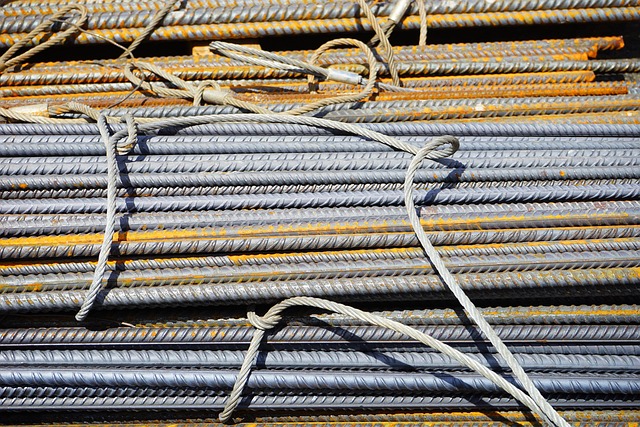In the realm of architecture, the interplay between design and material use creates a dynamic canvas where creativity knows no bounds. As architects and designers strive to reshape our environments, the materials they choose become pivotal in their storytelling. The aesthetic and functional dimensions of these materials often transform simple structures into stunning works of art.
Imagine standing in a space where wood, steel, concrete, and glass come together in harmonious balance. Each material brings its unique character and texture, contributing to a narrative that resonates with its surroundings. For instance, the warm allure of reclaimed wood evokes a sense of nostalgia and connection to nature, while sleek glass facades mirror the surrounding landscape, blurring the lines between the inside and outside worlds.
The architectural landscape has evolved to embrace the innovative use of materials, not just for structural integrity but also for aesthetic expression. Take the concept of biophilic design, which intertwines natural elements within built environments. Architects are increasingly using sustainable materials, such as bamboo and rammed earth, to create spaces that nurture a deeper connection to nature, bringing tranquility and beauty into our urban lives.
Moreover, technology plays a significant role in reshaping material use. Additive manufacturing, or 3D printing, is revolutionizing the way materials are perceived in architecture. This cutting-edge technology allows for intricate designs that were once unimaginable. The flexibility of 3D printing means architects can explore new forms and structures, pushing the boundaries of conventional design. It’s not just about building; it’s about crafting experiences that ignite the imagination.
In recent years, we’ve witnessed the rise of experimental materials, such as self-healing concrete and translucent wood. These innovations challenge traditional perceptions of architecture and open the door to exciting possibilities. The artistry inherent in these materials encourages architects to think outside the box, compelling them to create sustainable, efficient, and aesthetically pleasing designs.
For both architects and those who appreciate the built environment, the art of design is deeply interwoven with the material use. When we walk through a space, we absorb its essence through these elements. The careful selection of materials serves as a bridge connecting the intended message of the space with the emotional response of its inhabitants. Thus, the artistry of architecture lies not only in the boldness of design intentions but also in the subtleties of materials that breathe life into structures.




